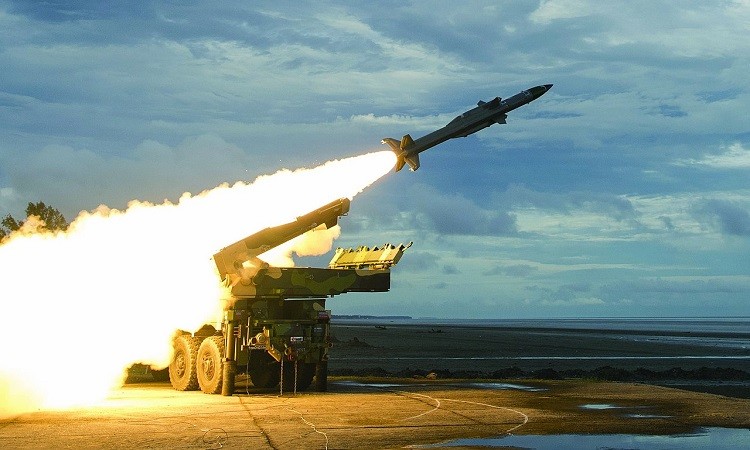
THIS DAY IN HISTORY: On August 3, 1998, India achieved a significant milestone in its defense capabilities when it successfully test-fired its most sophisticated medium-range surface-to-air missile, "Akash." Launched from the interim test range at Chandipur-on-sea in the eastern state of Odisha, the missile's successful test marked a momentous achievement for the Indian defense industry and underscored the country's commitment to enhancing its air defense capabilities. The "Akash" missile system was a testament to India's technological prowess and its dedication to safeguarding its borders and territorial integrity.
Background of "Akash" Missile: The development of the "Akash" missile system was initiated in the late 1980s as part of India's Integrated Guided Missile Development Program (IGMDP), led by the Defense Research and Development Organisation (DRDO). The primary objective behind this program was to bolster India's indigenous missile technology and reduce its dependence on foreign weaponry. The "Akash" missile was designed to serve as a formidable medium-range surface-to-air defense system capable of neutralizing aerial threats, including enemy aircraft, helicopters, drones, and cruise missiles.
Technical Features and Capabilities: The "Akash" missile was equipped with cutting-edge technology, making it a versatile and potent weapon system. Some of its key technical features and capabilities included:
Range and Altitude: The missile had a maximum range of approximately 25 kilometers and could reach altitudes of up to 18 kilometers, making it highly effective against both low-flying and high-altitude targets.
Dual-Mode Guidance: "Akash" featured an advanced dual-mode guidance system, employing both active radar homing and an onboard radio proximity fuse. This allowed the missile to track and engage multiple targets simultaneously, increasing its operational flexibility.
Supersonic Speed: The "Akash" missile traveled at supersonic speeds, enabling quick responses to incoming threats and reducing the time between launch and interception.
Mobility and Quick Deployment: The missile system was designed to be mobile, allowing it to be rapidly deployed to different locations as per tactical requirements. This feature made it adaptable to various combat scenarios and facilitated its integration into the Indian armed forces' operations.
Significance of the Test-Firing: The successful test-firing of the "Akash" missile on August 3, 1998, represented a pivotal moment for India's defense establishment. It demonstrated India's capability to develop and deploy a state-of-the-art air defense system using indigenous technology, further bolstering the country's self-reliance in the defense sector.
The test also showcased India's commitment to strengthening its defense capabilities in an increasingly complex geopolitical landscape. The "Akash" missile system provided a crucial shield against potential aerial threats and bolstered India's deterrence posture, enhancing its overall security.
International Recognition: Following the successful test of the "Akash" missile, India received international recognition for its strides in missile technology and indigenous defense production. Several nations took note of India's efforts to achieve self-sufficiency in defense manufacturing and acknowledged its emergence as a major player in the global defense industry.
The test-firing of India's most sophisticated medium-range surface-to-air missile, "Akash," on August 3, 1998, marked a significant milestone in the nation's defense capabilities. The successful launch validated India's commitment to indigenous defense research and development and showcased its determination to secure its skies against potential threats. The "Akash" missile system remains a testament to India's technological achievements and its pursuit of self-reliance in the field of defense. Through continued advancements in military technology, India continues to bolster its defense infrastructure, safeguard its sovereignty, and contribute to global peace and security.